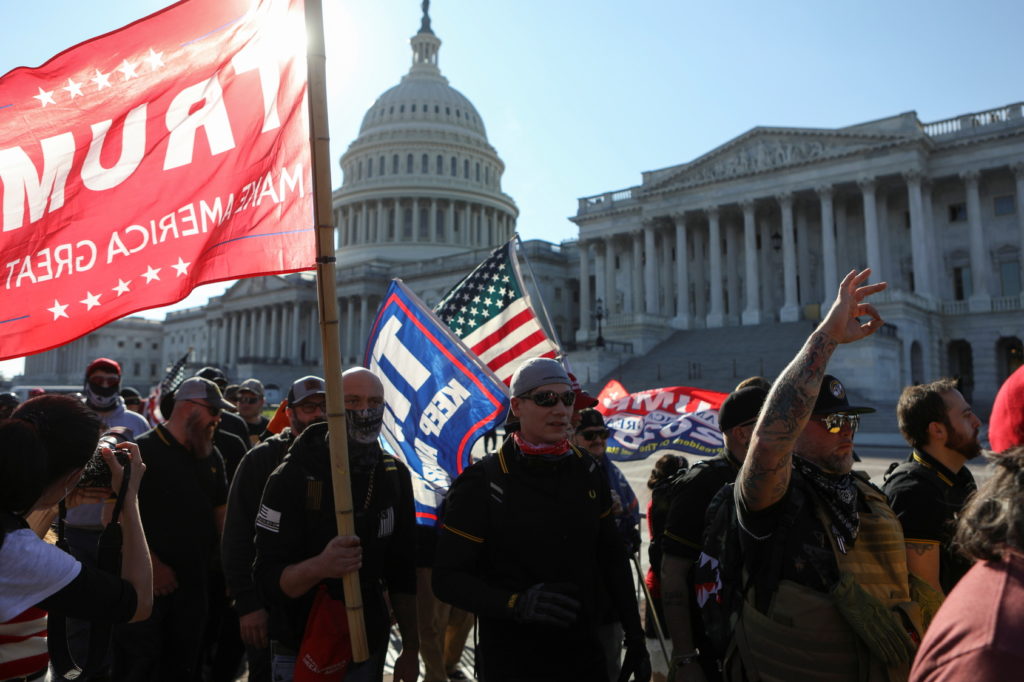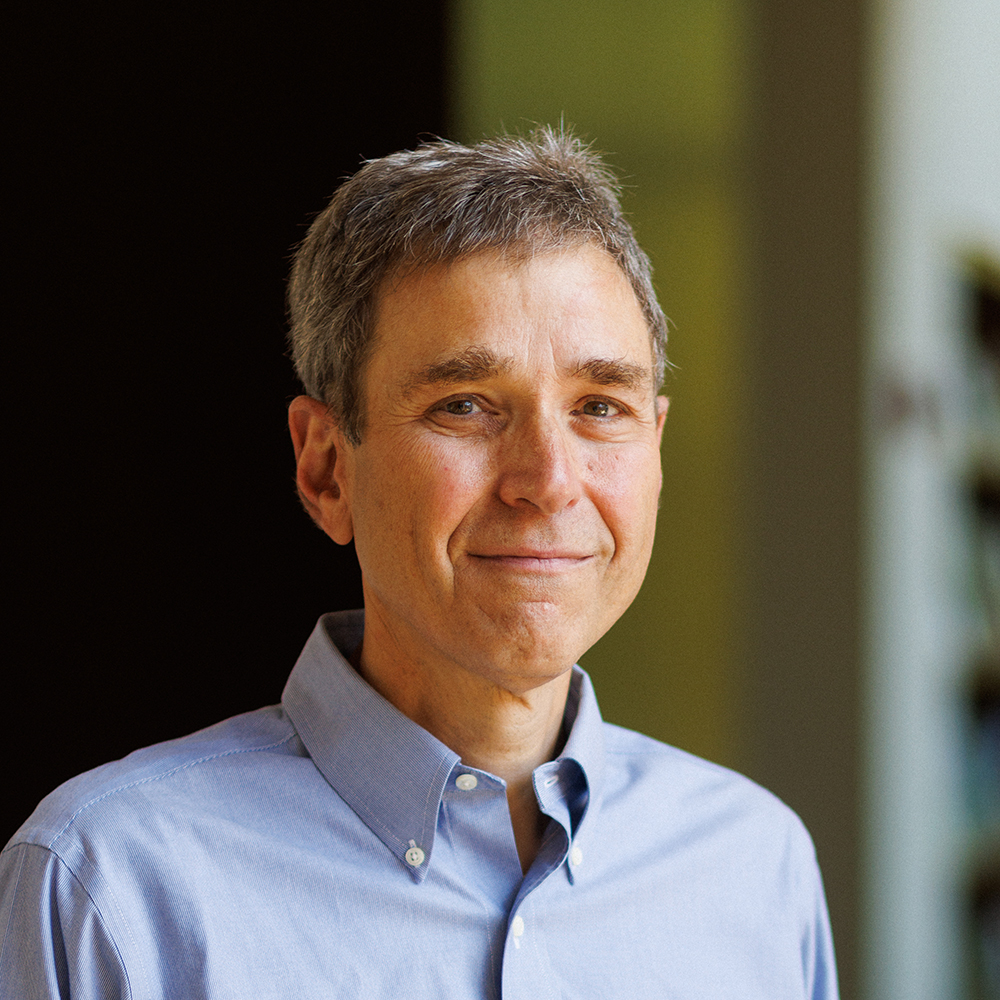Stanford’s David A. Sklansky on Oath Keepers’ Seditious Conspiracy Convictions
A jury in Federal District Court in Washington, D.C. convicted Stewart Rhodes, the leader of the rightwing militia group the Oath Keepers, and another member of the group of seditious conspiracy to keep former President Donald Trump in power. Here, Professor David A. Sklansky, criminal justice expert at Stanford Law School, discusses the DOJ’s case and the significance of the verdicts.

Can you discuss the seditious conspiracy charge? How serious is this conviction? And how much time might Rhodes and his colleague serve?
Seditious conspiracy is a very serious crime. It means, basically, plotting to use force against the government of the United States. And it carries a maximum sentence of 20 years in prison. Rhodes and one of his co-defendants, Kelly Meggs, were each convicted of seditious conspiracy. The three other defendants who were tried along with Rhodes and Meggs were acquitted of seditious conspiracy but convicted of other felonies, including obstruction of an official proceeding, which also carries a maximum sentence of 20 years.
In addition to the important ramifications for the defendants, these convictions also matter for another reason. They represented the jury’s unanimous conclusion, beyond a reasonable doubt, that what happened at the Capitol on January 6, 2021, wasn’t an innocent protest, but a criminal attack on the authority of the United States government.
Is this historical, a seditious conspiracy conviction to prevent the transition of the American president?
Absolutely. Seditious conspiracy convictions are very rare—even the charge is rare, let alone the conviction. It’s a serious charge, and it is difficult to prove, because it hinges on the defendant’s intent. And it requires proving an actual agreement—not just people swept up in the moment. The fact that this kind of conviction was returned in this case is a reflection of the extraordinary and in many ways unprecedented nature of the events of January 6.
Rhodes was also convicted of obstructing the certification of the election during a joint session of Congress on Jan. 6 and of destroying evidence in the case. But he wasn’t present at the Capitol on Jan. 6, was he? How did the DOJ make the case for this charge?

Professor of Law
The theory of the obstruction charge against Rhodes was that he helped plan and coordinate the invasion of the Capitol: that he bore criminal responsibility as a co-conspirator and aider-and-abettor. The destruction of evidence charge had to do with his deletion of records on his cell phone.
How solid are these convictions? Do you expect Rhodes to appeal?
Rhodes’s lawyers have already said that they will appeal, which is not a surprise. The judge in the case, Amit Mehta, rejected a range of objections filed by Rhodes’s lawyers before the trial, but I’m not aware of any that are likely to create large issues on appeal.
Are there other big charges you expect from the DOJ relating to Jan. 6? The special prosecutor hasn’t even really started, has he?
There are other big charges that have already been filed but have not yet been resolved. Several other members of the Oath Keepers have been charged in connection with the events of January 6, some with seditious conspiracy, and are awaiting trial. There is an also an upcoming trial of several members of another rightwing group, the Proud Boys, for seditious conspiracy. And the January 6 investigation is ongoing. It’s a mammoth investigation: more than 950 people have already been charged.
Jack Smith, the new special prosecutor appointed by Attorney General Merrick Garland, has taken over responsibility for some but not all of the January 6 investigations. He is not taking responsibility for any of the cases that are currently pending, or for the investigation of crimes committed by people physically present at the Capitol on January 6. His responsibility will be to investigate the possible criminal responsibility of other people who, like Rhodes, were not physically at the Capitol, but may have helped to plan, facilitate, or encourage the lawful transfer of power. Among the potential targets of his investigation, obviously, will be former President Donald Trump. And Smith also has taken over responsibility for the investigation of possible crimes committed in connection with documents taken from the White House to Trump’s resort in Florida, Mar-a-Lago.
But Smith isn’t starting from scratch in any of this. He is inheriting the investigations that the Department of Justice has already been conducting, and both Smith and Garland have promised that the change in oversight won’t slow the investigations.
Is there anything else you’d like to add?
One reason that the convictions against Rhodes and his co-defendants is so significant is that they represent a decisive repudiation of the revisionist story that some people in the country, including some elected officials, have been telling—the story that what happened on January 6 was essentially just a political protest. Rhodes himself took the stand at trial and denied having planned to do anything to oppose the authority of the government. Our trial system has lots of problems, but it does represent a place where jurors listen to the evidence and then reason through, as a group, what it does and doesn’t show. It can be a way to cut through lies, propaganda, and scams. In this case, the jury obviously took their time—they deliberated for three days—and drew careful distinctions between the various charges and the various defendants. Even Rhodes and Meggs weren’t convicted of all the charges against them. In times as polarized as ours, the role of the trial as an exercise in collective, reasoned assessment of evidence is more important than ever.
David Alan Sklansky is the Stanley Morrison Professor of Law and Faculty Co-Director of the Stanford Criminal Justice Center. His most recent book is “A Pattern of Violence: How the Law Classifies Crimes and What It Means for Justice” (Harvard University Press, 2021).
